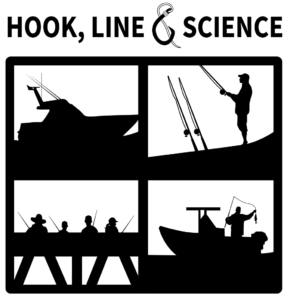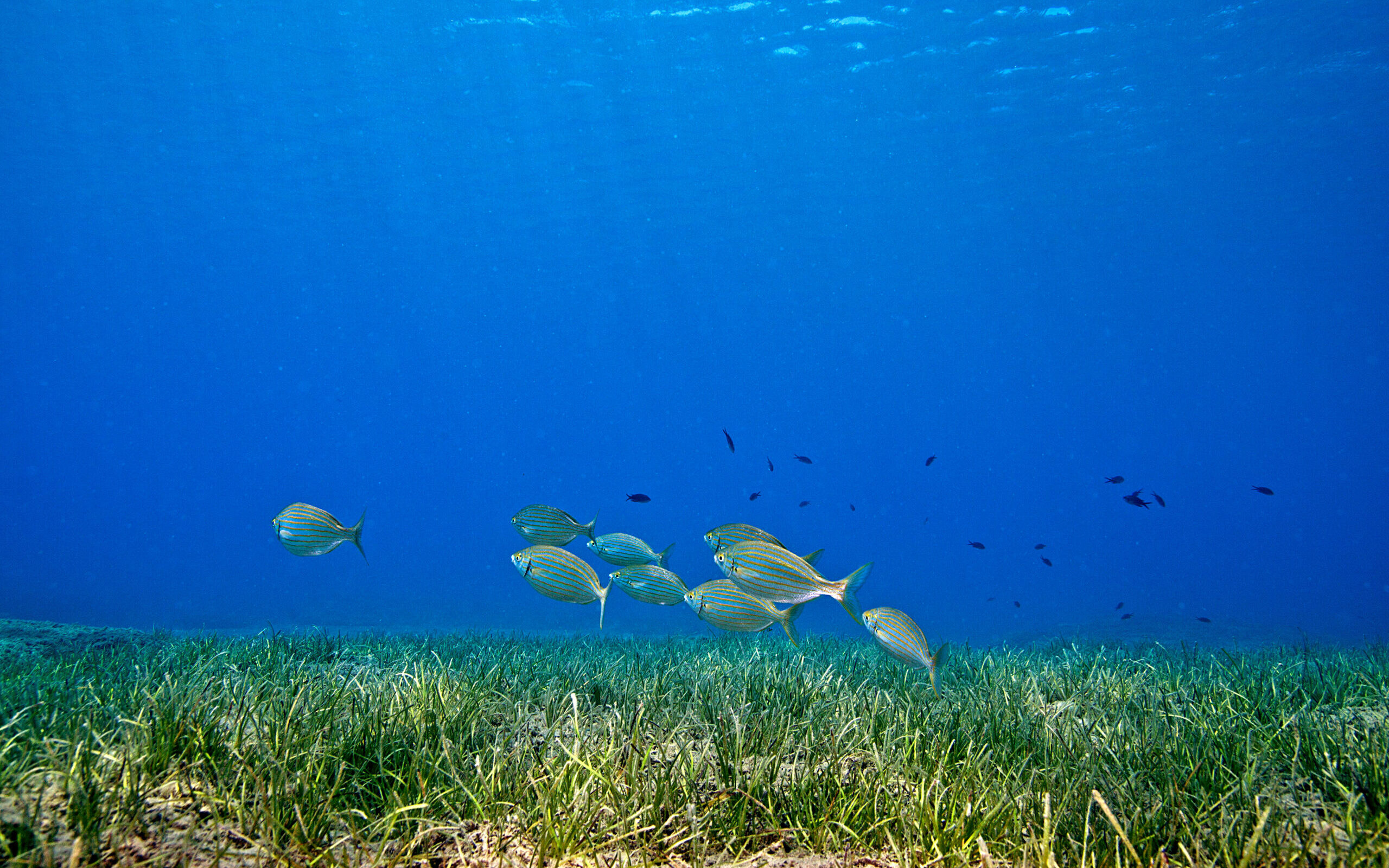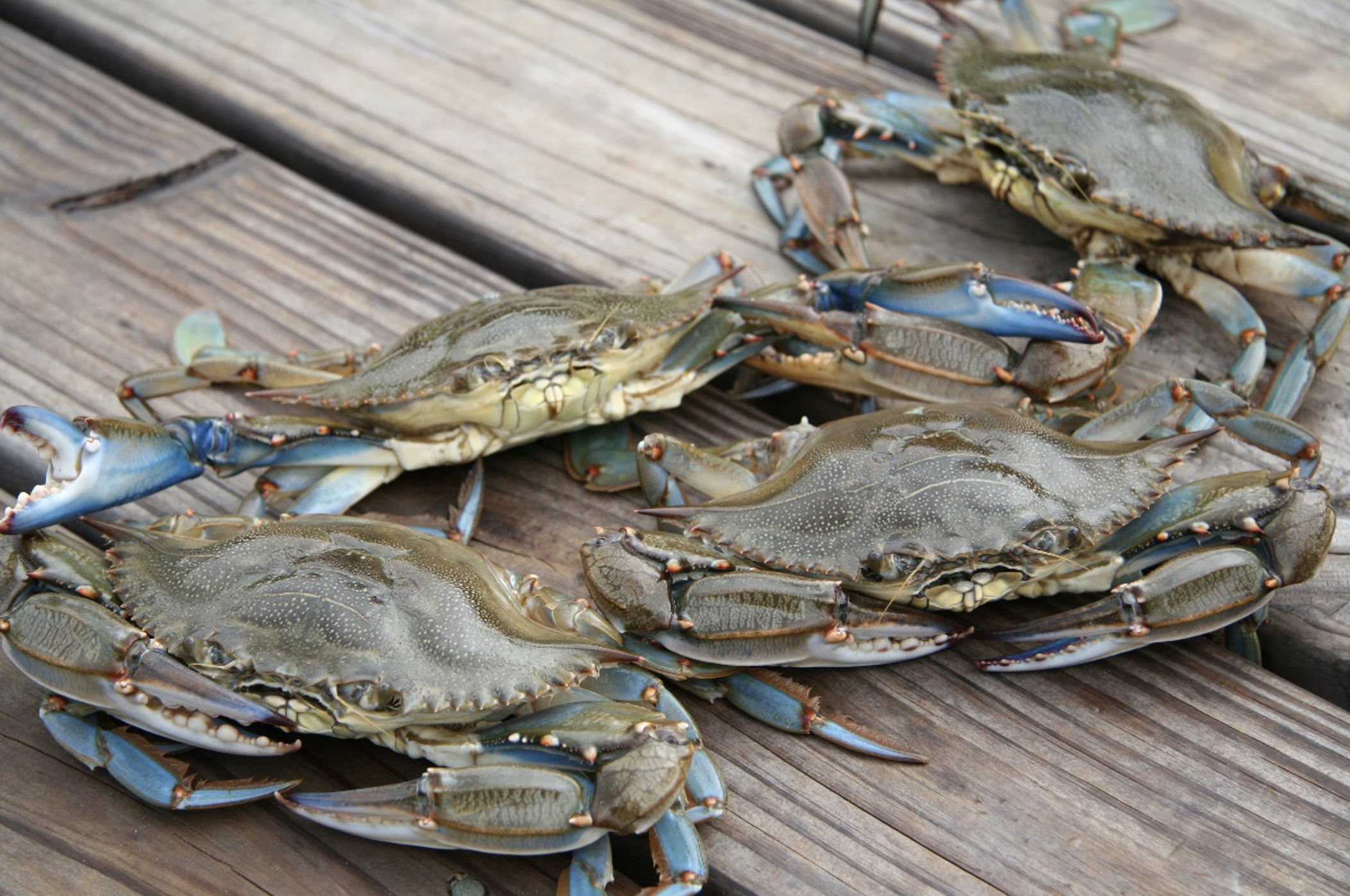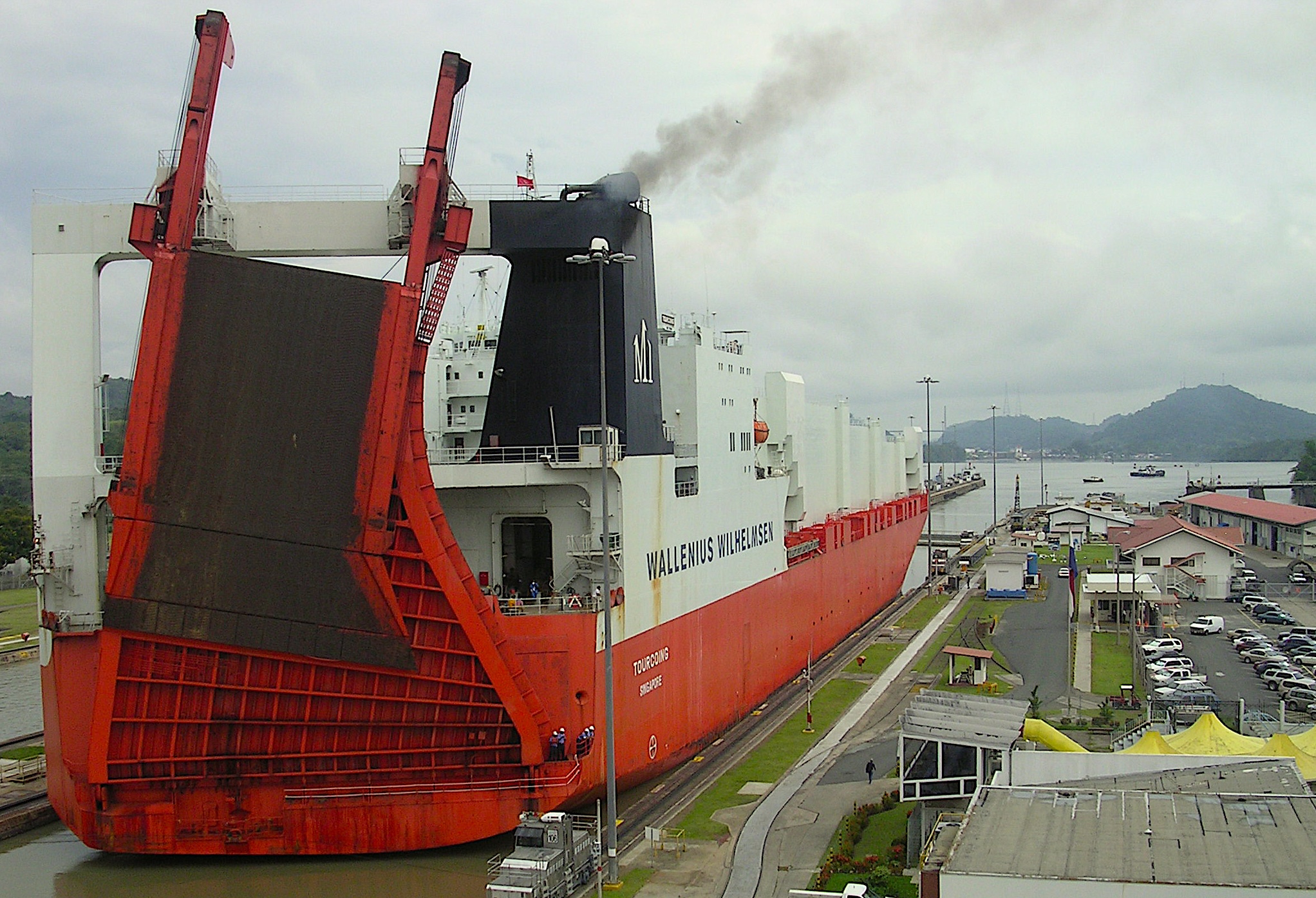A new study compared mudflats to restored meadows, and one habitat was a far better provider.
Research Need
Marine ecosystems are declining on a global scale. These declines may cause the loss of ecosystem services — the benefits that people obtain from nature. For example, seagrass meadows provide habitat to juvenile fishes, many of which play an important role in the commercial and recreational fishing industries. As seagrass meadows deteriorate, juvenile fishes lose valuable habitat, which ultimately impacts the fisheries.
Many people are turning to habitat restoration to recover ecosystem services. However, several questions remain about whether restored habitats can consistently provide these benefits over a long period of time.
What are the long-term impacts of seagrass restoration on the abundance and diversity of fish species? Do these impacts vary seasonally?
What did they study?
To answer these questions, researchers conducted a 6-year study in a restored seagrass meadow in Virginia. This meadow was part of a large-scale restoration program in the late 1990s. By studying this meadow nearly 15 years after its restoration, the team could explore the long-term effects on fishes.
The research team conducted biannual sampling in the summer and fall at eight seagrass sites and eight adjacent mudflat sites using beach seine nets. The team counted and identified the fish, as well as measuring them to the “total length” (the distance from the snout to the tip of the tail fin).
What did they find?
The results indicate that restored seagrass meadows maintain their ability to provide habitat for juvenile fishes over many years. Fish populations in the restored seagrass meadow were over six times higher compared to those in the adjacent mudflats. The majority of the catch in seagrass consisted of juveniles, and fishes were more abundant during the summer season than in autumn.
What else did they find?
The seagrass meadow had a greater variety of fish species compared to nearby mudflats. In particular, seagrass sites that were shallow and experienced frequent water flushing also exhibited greater diversity of species compared to sites that were deeper or experienced less frequent flushing.
These findings support previous short-term studies documenting higher densities and a greater variety of fish in seagrass meadows compared to mudflats.
So what?
Habitat restoration can be a powerful tool to preserve ecosystem services that bring benefits to both people and the environment. Years after restoration, seagrass meadows provide valuable habitat to juvenile fishes, increasing abundance and supporting biodiversity. Fishers reap these benefits when the fish reach a harvestable size.
The unique environmental conditions of different regions will have varying effects on the success of restoration. Thus, studying the functionality of restored habitats, as well as the influence of environmental factors by region, is important for informing future restoration efforts.
Reading
Hardison, S. B., McGlathery, K. J., & Castorani, M. C. N. (2023). Effects of seagrass restoration on coastal fish abundance and diversity. Conservation Biology, 37, e14147. https://doi.org/10.1111/cobi.14147
This study was funded by the U.S. National Science Foundation through support of the Virginia Coast Reserve Long Term Ecological Research Project.
BY MADELINE PAYNE, the 2024-2025 Hook, Line & Science Communication Fellow.
Lead photo by Dimitris Poursanidi/ https://www.grida.no/resources/13451.
The text from Hook, Line & Science is available to reprint and republish at no cost with this attribution: Hook, Line & Science, courtesy of Scott Baker and Sara Mirabilio, North Carolina Sea Grant.

- Categories:




